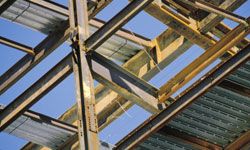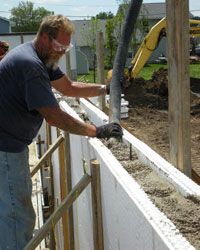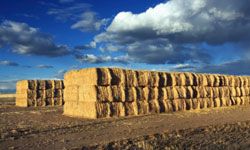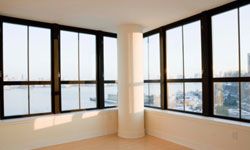Key Takeaways
- Cutting-edge building materials include recycled steel, insulating concrete forms and plant-based polyurethane rigid foam, aiming for energy efficiency and sustainability.
- Materials like straw bales and cool roofing reflect innovative approaches to insulation and thermal management, reducing energy costs.
- Advances like structural insulated panels, recycled wood/plastic composite lumber, low-E windows, and vacuum insulation panels demonstrate the industry's move toward materials that offer significant energy savings and environmental benefits.
The drive for energy-efficient building comes down to a quest for the so-called tight envelope. In builder lingo, the better a structure keeps out the wind and the rain, the tighter its envelope.
And if you can achieve that tight envelope while using some kind of renewable, recycled material, then that's all the better. But while many new energy-efficient products enter the market each year, some builders shy away from them because of higher costs. In many cases, just adding a layer of insulation or a specially glazed window can increase the cost of materials by 20 to 30 percent.
Advertisement
But in most cases, experts in energy conservation argue that more efficient materials will lead to lowered costs of heating and cooling a house, so the homeowner will recover that money, usually within several years.
Let's take a look at some of the latest energy-efficient building materials on the market right now.





